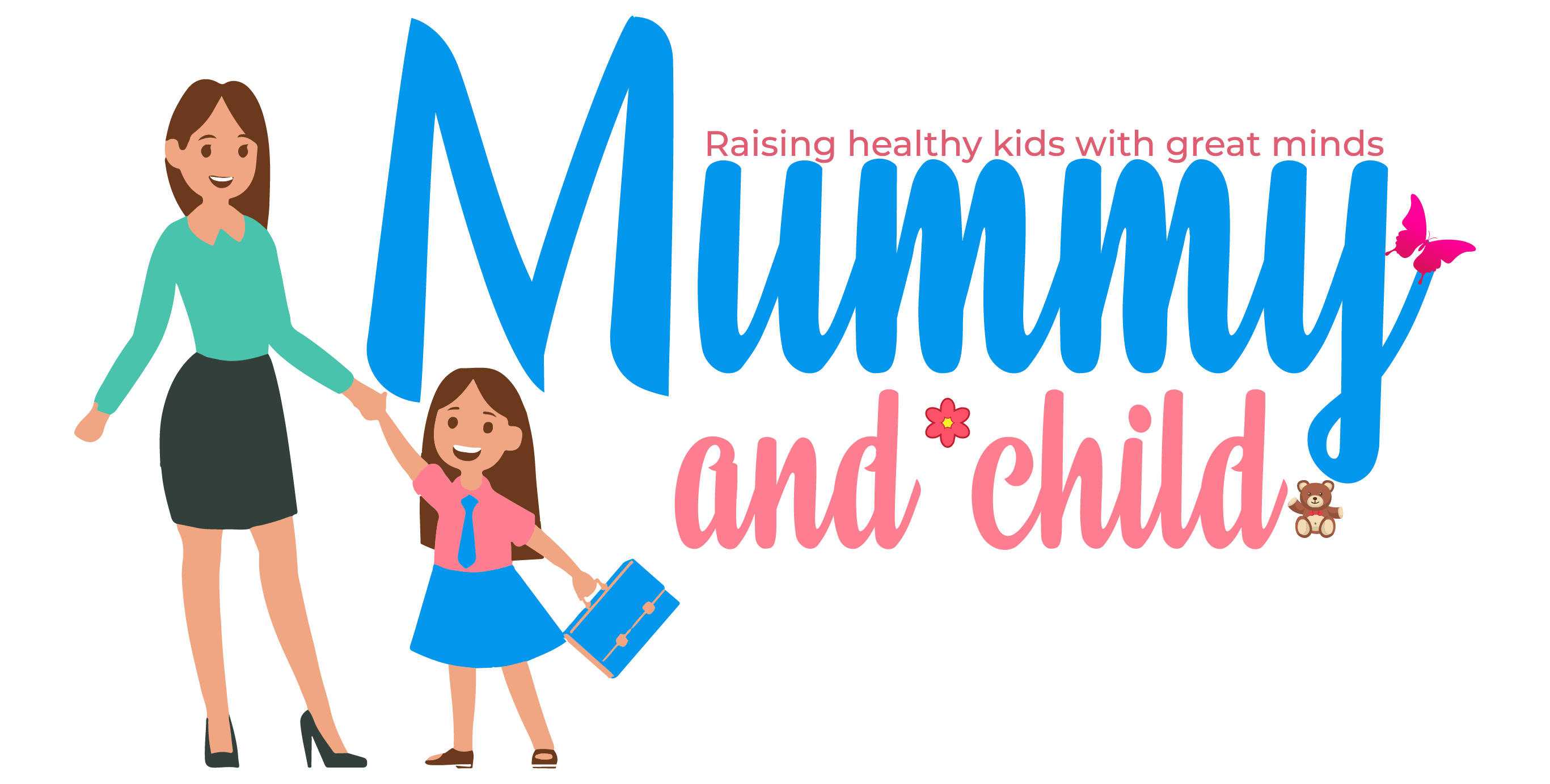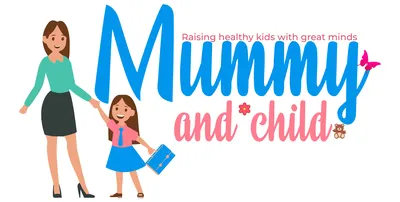Are lectins really bad for you? After you have ditched gluten, histamine, glutamates and salicylates does your child still have stomach cramps? Well, lectins can be the culprit. Researcher and heart surgeon Steven R. Gundry in his book The Plant Paradox shed lights on the link between lectins and gut issues such as food intolerance and intestinal inflammation.
What are Lectins? Good and the Bad?
Lectins are carbohydrate binding proteins. Plants produce them as a natural defence mechanism, essentially as a toxin that deters animals from eating the plants. Most foods we consume contain some lectins. However, legumes (including beans, soybeans and peanuts) and grains contain the most, followed by dairy, seafood and plants in the nightshade family. Just like other animals, humans are vulnerable to the toxicity of lectins. Concentrated amounts can cause digestive issues and long-term health problems. Especially for children with compromised digestive systems. Firstly, they are highly resistant to our digestive enzymes, and can easily pass through the stomach un-digested. Furthermore, lectins cause cells to “clump” together whereby disrupting the body’s routine maintenance of cells. This can cause leaky gut. Leaky gut happens when the lining of the small intestine is damaged, causing undigested food particles, toxic materials and bacteria to “leak” through the intestines into the bloodstream. Lectins can also interact with antibodies, a core component of our immune system. This can cause an immune reaction against the lectins, and also the body tissues to which the lectins are bound. This is how lectins may increase the risk of autoimmune diseases. Lectins are also classified as an anti-nutrient, meaning that they can interfere with digestion and absorption of foods, increasing the risk of nutritional deficiencies. Even though lectins have got a bad reputation, there are some beneficial properties as well. They are important in activating the immune system that fights pathogens, as an example the lectin pathway helps us fight off pneumonia. According to selfhacked, Lectins have anti-microbial properties, for instance, lectin from bananas inhibits HIV in test tubes. Various plant-based lectins from grains and legumes have been researched as being able to treat cancer. Bitter melon and garlic are examples of herbs which have lectins that can be beneficial.
Foods High in Lectins
It is important to understand what foods are high in lectins. Many of the legumes, grains and nightshades are high in general.
- Red kidney beans
- Soy beans
- Potatoes
- Eggplant
- Lentils
- Peppers
- Wheat
- Peas
- Tomatoes
- Peanuts
Symptoms of Lectin’s Harmful Effects
Depending on your overall gut health and the specific conditions you may have, the effect of lectins on your body can vary. Consuming “higher” amounts of lectins can result in number of adverse side effects Dr. Axe mentions the following as common symptoms associated with “excess” intake of lectins.
- Bloating
- Fatigue
- Joint pain
- Gas
- Stomach discomfort
- Vomiting
- Diarrhea
- Constipation
- Skin changes
Lectins can also aggravate autoimmune related symptoms. If you suffer from conditions like rheumatoid arthritis, lupus or inflammatory bowel disorder, cutting down on the lectin content will certainly help. Lectins can also aggravate autoimmune related symptoms. If you suffer from conditions like rheumatoid arthritis, lupus or inflammatory bowel disorder, cutting down on the lectin content will certainly help.
How to Reduce Lectin Content Naturally in Food
The good news is that it is not necessary to completely cut-off lectins from your diet. Here, I am going to explain to you how to easily reduce the lectin content.
Soaking
Soaking beans and legumes have been a method practised even by our ancestors. Start soaking early so that you can change the water a few times before going to sleep. Adding a bit of apple cider vinegar can further help to remove lectins, the probiotics help to slightly ferment the grains. Leave them soaked for 4–12 hours, depending on the type. Lentils take 5 hours, chickpeas take 12 hours, barely takes about 8 hours. Make sure you drain and rinse before you start cooking. At this point, you can cook and consume, or if you want to make your grains even more digestible, continue with this process to allow them to sprout.
Sprouting
Sprouting is the next step after soaking, it makes the nutrients in legumes more available to your body when you eat them. This is because anti-nutrients like phytates and lectins break down due to changes within the seeds. The process can take 3-5 days. How do you sprout your legumes? As explained in paleohacks, the first step is soaking, after you rinse off any soil and dirt, let the seeds sit for between 2 to 12 hours in water. Then, rinse the seeds and drain as much water as you can. Then put the seeds in a sprouting container (called a “sprouter”). You can find a decent sprouter online for as little as 10 dollars. Place the seeds in the sprouter, then leave it at room temperature and out of direct sunlight. Rinse and drain the seeds 2 to 4 more times once every 8 to 12 hours until the sprouts come out of the seeds. Then, continue to prepare the sprouted seeds or cook them like you normally would.
Fermenting
Fermentation is the chemical process where bacteria, yeast or similar micro-organisms break down a substance. In the case of lectins which is a defensive mechanism of plants, the fermentation converts them into other substances. In certain cultures, with a history of grain eating have used some form of fermentation to treat grains. If you’ve had sourdough bread, miso, tempeh or kimchi then you have had fermented products. Warning: For those with histamine intolerance, I do not recommend this method as the fermentation process can add amines into the food.
Pressure Cooking
When it comes to potatoes, beans, tomatoes, certain vegetable and legumes the best method is to use a pressure cooker. You can pressure cook after soaking overnight for better results. It’s proven to be not that effective when it comes to wheat, barley, rye and spelt.
Should you Include Lectins in Your Diet?
Both my son and daughter were sensitive to lectins, my son used to get red, hot ears due to flushing immediately after having chickpeas or even peas. This was at a time when his gut was extremely weak. The reason behind this was all a mystery until I came across lectins in my own research. After using many of the above methods I have managed to reduce lectin content and re-introduce foods such as chickpeas, lentils and beans successfully. For those that are dairy, gluten and red meat-free, legumes are a great way to get proteins into their diet. If you do not have an auto-immune condition (or an allergy) but have a sensitivity to lectins, then you can cut out lectins and go on an elimination diet for 4 weeks and slowly re-introduce back after following the above lectin reducing methods. I know how hard it is to find lectin friendly recipes. lectinfreemama has hundreds of recipes and resources to deal with lectin intolerance. If you are struggling with food intolerances, allergies, SIBO or other digestive problems, there are products that can help with symptom relief. I know it can be frustrating but there are treatment protocols and supplements which can really help. I have designed this product guide to equip you with the best and most effective supplements you can buy for treatment as well as symptom relief. This list has been compiled through my own experience as well as working together with trusted and experienced practitioners.
You can check out my recommended supplement guide here.
Struggling to find ideas for your meals? Try the Real Plans app for free
Click to Try Real Plans to Save Money & Time


1 Comment
I’m so glad I read through this article…I now understand my daughter’s digestive problem. She suffers from severe constipation and stomach cramps .Certain foods make her ear lobes red and hot. No doctor has diagnosed her condition and I’m definitely going to try this miracle medicine.